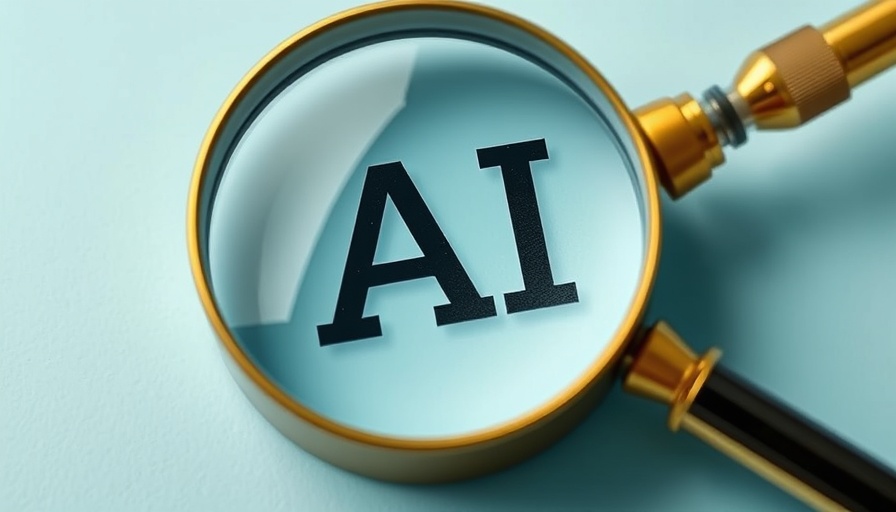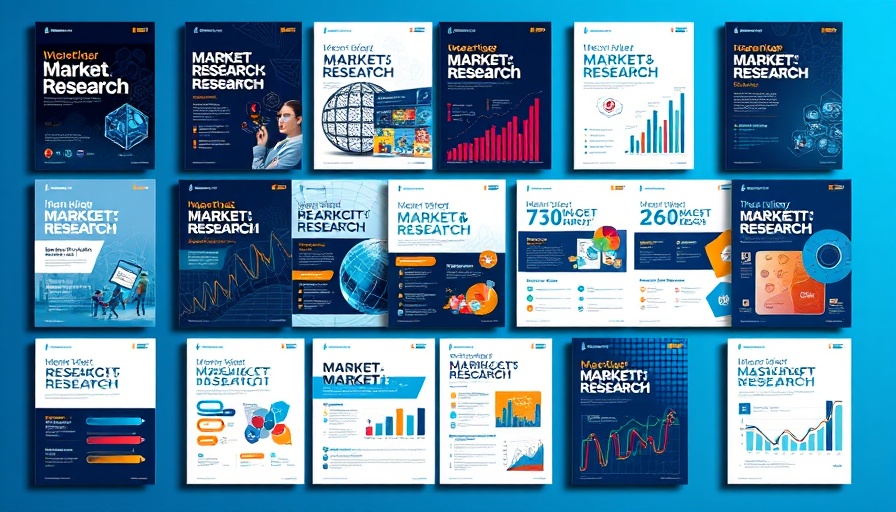
Understanding AI ‘Watermarking’ and Its Impacts
Have you ever wondered how technology can identify whether content is created by an AI? AI 'watermarking' is a method that embeds machine-readable elements in generated content, which helps in tracing its origins. Recently, Google launched SynthID Detector, a tool designed specifically to detect AI-generated materials, but it raises a few important considerations.
How Does AI Watermarking Work?
Watermarking involves integrating invisible identifiers into various types of media—like text, images, and audio. Think of it like a hidden stamp that says, 'This content was created using AI.' Google's SynthID, for instance, can identify content generated through its AI systems by recognizing these embedded markers. However, it's essential to note that SynthID only works with Google AI products like Gemini and Veo—it cannot determine if non-Google AIs, like ChatGPT or others, generated the content. Also, engaging with AI detection tools can be frustrating for users, as different platforms develop their specific watermark systems.
Limitations of Current AI Detection Systems
One of the most considerable drawbacks in the current landscape is the absence of a unified detection system. Various tech giants like Meta have developed their own models, leading to a fragmented environment. For students, this poses a dilemma—how can you ensure the content you're working with is accurately attributed? On top of that, even when you identify an AI-generated piece, if the content's metadata gets stripped on social media, verifying it can turn into an uphill battle.
Exploring Alternative Detection Methods
Researchers are also exploring forensic approaches for AI content detection, which look for visual inconsistencies or lighting anomalies. However, these methods still rely heavily on human observation and reasoning—like counting fingers in AI-generated images! As AI continues to evolve, these 'manual' methods might fall short, raising concerns about their effectiveness.
Should Students Fear AI Detection?
Understandably, many students feel anxious about using AI tools in their work. But rather than fearing detection, it's essential to approach AI as a supportive collaborator, helping to enrich your learning experience. Embrace the benefits of AI while remaining aware of watermarking and how it may affect your usage in academic settings. Seeking tools and platforms that help you navigate these challenges can provide peace of mind.
How to Bypass AI Detection with Ease
Fret no more! If you're looking for ways to engage with AI technology without the fear of detection, visit Prompt2Human. This tool is designed to help you seamlessly incorporate AI into your work without triggering alarms in AI detection systems.
Looking Ahead: The Future of AI Watermarking
As AI continues to expand and evolve, so too will the methods to detect and manage AI-generated content. Staying informed about developments in AI watermarking will empower students to use these technologies wisely and ethically. The landscape may be fragmented now, but the conversation surrounding digital content authenticity is crucial and evolving rapidly.
 Add Row
Add Row  Add
Add 




 Add Row
Add Row  Add
Add 

Write A Comment